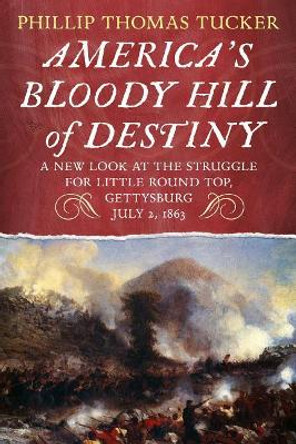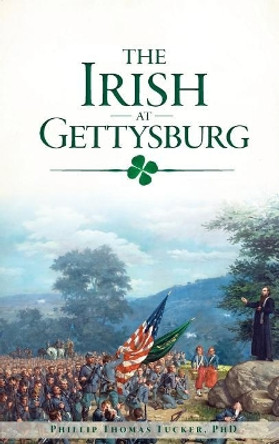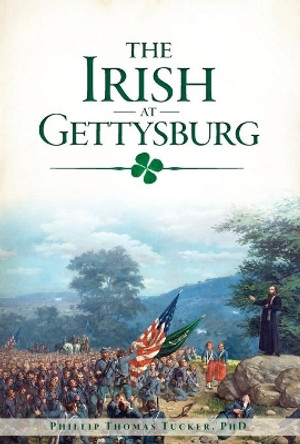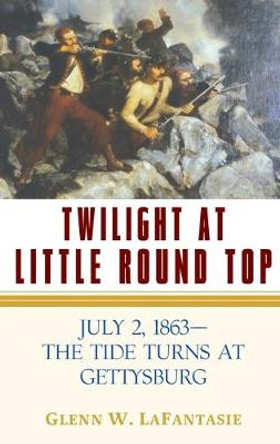Description
The Confederacy's real "high tide" at Gettysburg had come the afternoon before, during the swirling conflagration when Longstreet's corps first entered the battle, when the Federals just barely held on. The foremost Rebel spearhead on that second day of the battle was Barksdale's Mississippi brigade, which launched what one (Union) observer called the "grandest charge that was ever seen by mortal man."
Barksdale's brigade was already renowned in the Army of Northern Virginia for its stand-alone fights at Fredericksburg. On the second day of Gettysburg it was just champing at the bit to go in. The Federal left was not as vulnerable as Lee had envisioned, but had cooperated with Rebel wishes by extending its Third Corps into a salient. Hood's crack division was launched first, seizing Devil's Den, climbing Little Round Top, and hammering in the wheatfield.
Then Longstreet began to launch McLaws' division, and finally gave Barksdale the go-ahead. The Mississippians, with their white-haired commander on horseback at their head, utterly crushed the peach orchard salient and continued marauding up to Cemetery Ridge. Hancock, Meade, and other Union generals desperately struggled to find units to stem the Rebel tide. One of Barksdale's regiments, the 21st Mississippi, veered off from the brigade in the chaos, rampaging across the field, overrunning Union battery after battery.
Barksdale himself was killed at the apex of his advance. Darkness, as well as Confederate exhaustion, finally ended the day's fight as the shaken, depleted Federal units on their heights took stock. They had barely held on against the full ferocity of the Rebels, on a day that decided the fate of the nation. Barksdale's Charge describes the exact moment when the Confederacy reached its zenith, and the soldiers of the Northern states just barely succeeded in retaining their perfect Union.
About the Author
Phillip Thomas Tucker earned his doctorate in American History from St. Louis University, St. Louis, Missouri, in 1990. He spent more than two decades working as a historian for the Department of Defense, and now writes fulltime at his southern Maryland home in Upper Marlboro. Dr. Tucker specializes in breaking new ground in multiple fields of American history and overturning outdated views, myths, and stereotypes. He is the author or editor of more than two dozen books devoted to a wide variety of subjects about the American experience, with a special focus on the Irish, the American Civil War, the American Revolutionary War, and Texas. His book The Confederacy's Fighting Chaplain: Father John B. Bannon was awarded the Douglas Southall Freeman Award for the best book in Southern history (1993).
Reviews
Recommended for the serious student of Gettysburg. I read this from cover to cover! * Miniature Wargames - John Drewienkiewicz *
Book Information
ISBN 9781612002279
Author Phillip Thomas Tucker
Format Paperback
Page Count 336
Imprint Casemate Publishers
Publisher Casemate Publishers










